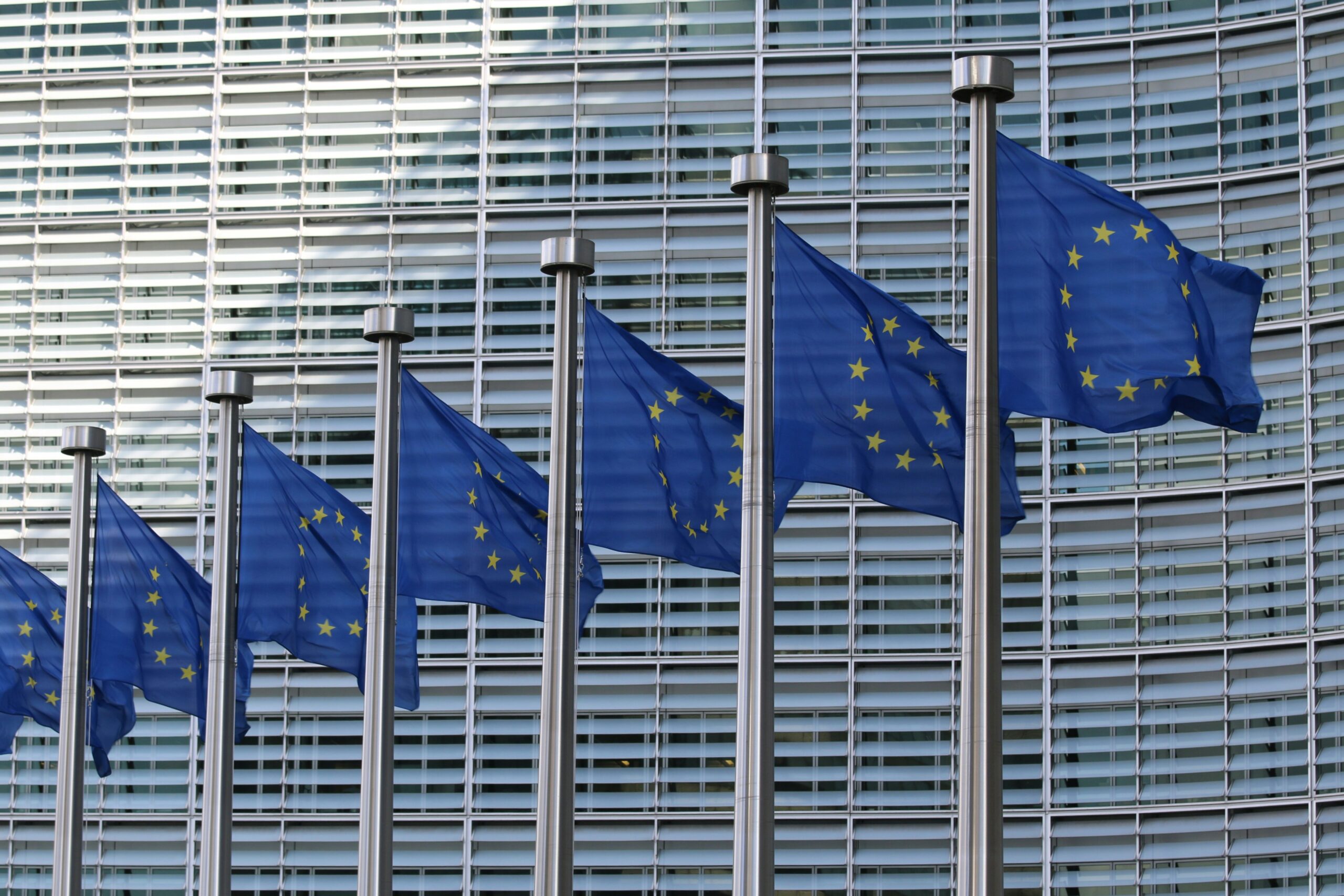Know the project context

This EU project adopts the concept of the 'surveillant assemblage' as a starting point, as introduced by Haggerty & Ericson (2000) and influenced by Deleuze & Guattari (1988), providing a deeper understanding of how surveillance technologies are governed.
Surveillance practices threaten citizens' privacy in public gatherings, but they also have a social impact and economic cost. While individual security agents can engage in surveillance practices and consequently collect citizens’ personal data, collaboration between public and private agents introduces a more complex scenario concerning privacy, public safety, data transfer and transparency.
Know our objectives
Know more about our
action plan
Evaluation of surveillance practices of EU public gatherings
Map and understand existing surveillance practices at a European level in terms of effectiveness, privacy, cost, and social impact.

Striking a balance between security, privacy, and cost of surveillance
Foster the use of surveillance systems and personal data that is grounded in actual and justified needs and develop and pilot-test a security-privacy-cost evaluation matrix.

Setting up an online Surveillance Community of Practice (CoP)
Create an online network that strengthens the cooperation between various key stakeholders and ensures that surveillance practices reflect their needs and interests.

Good practices and common EU standards
Identify international good practices for large-scale surveillance of public spaces and develop common standards that harmonise surveillance practices in EU Member States.

Development of Awareness-Raising Programmes for Local Surveillance
Raise awareness among security professionals about the common standards for data management and protection across EU Member States, reduce the vulnerability and strengthen the resilience of citizens in vulnerable areas.






